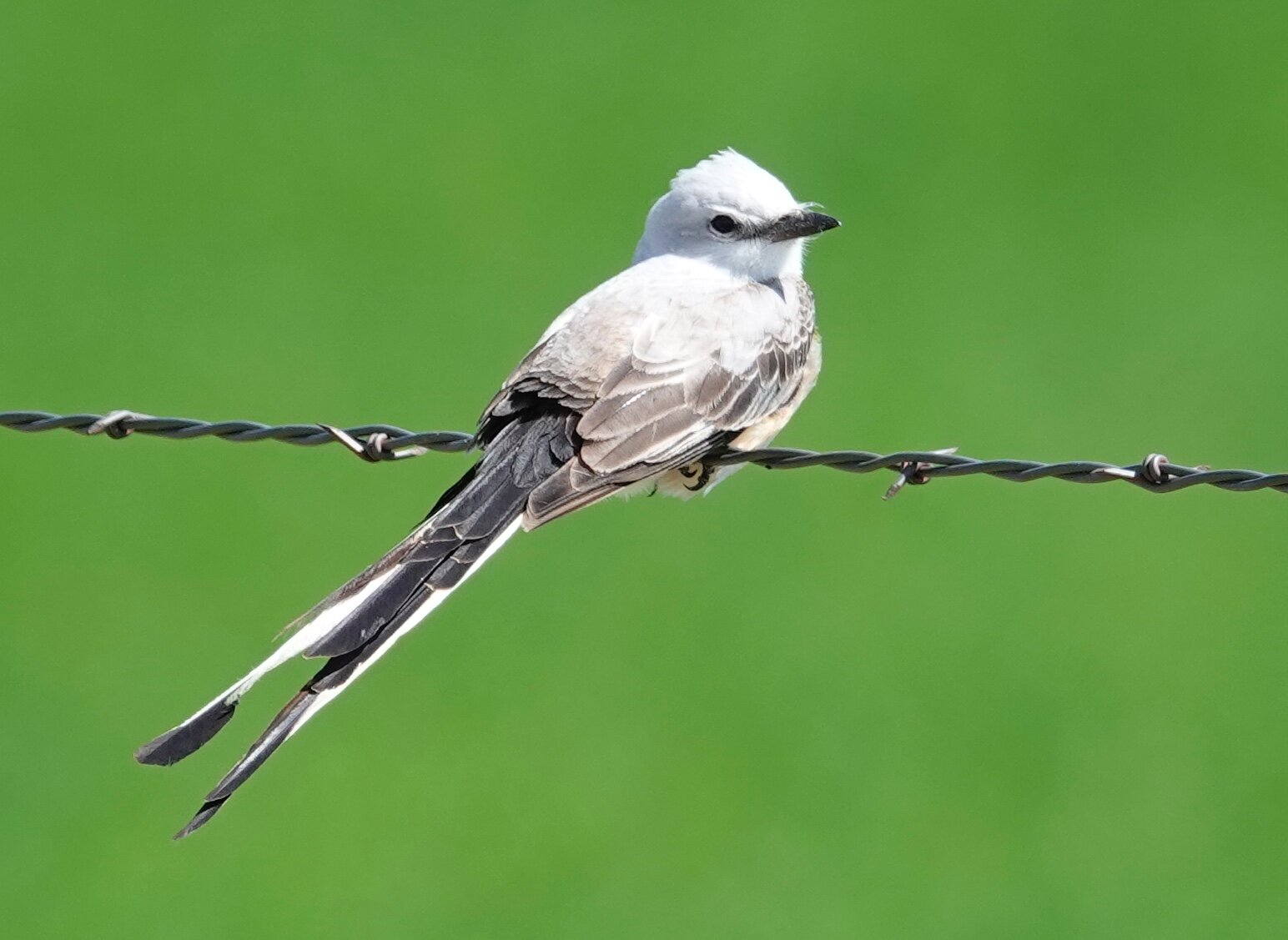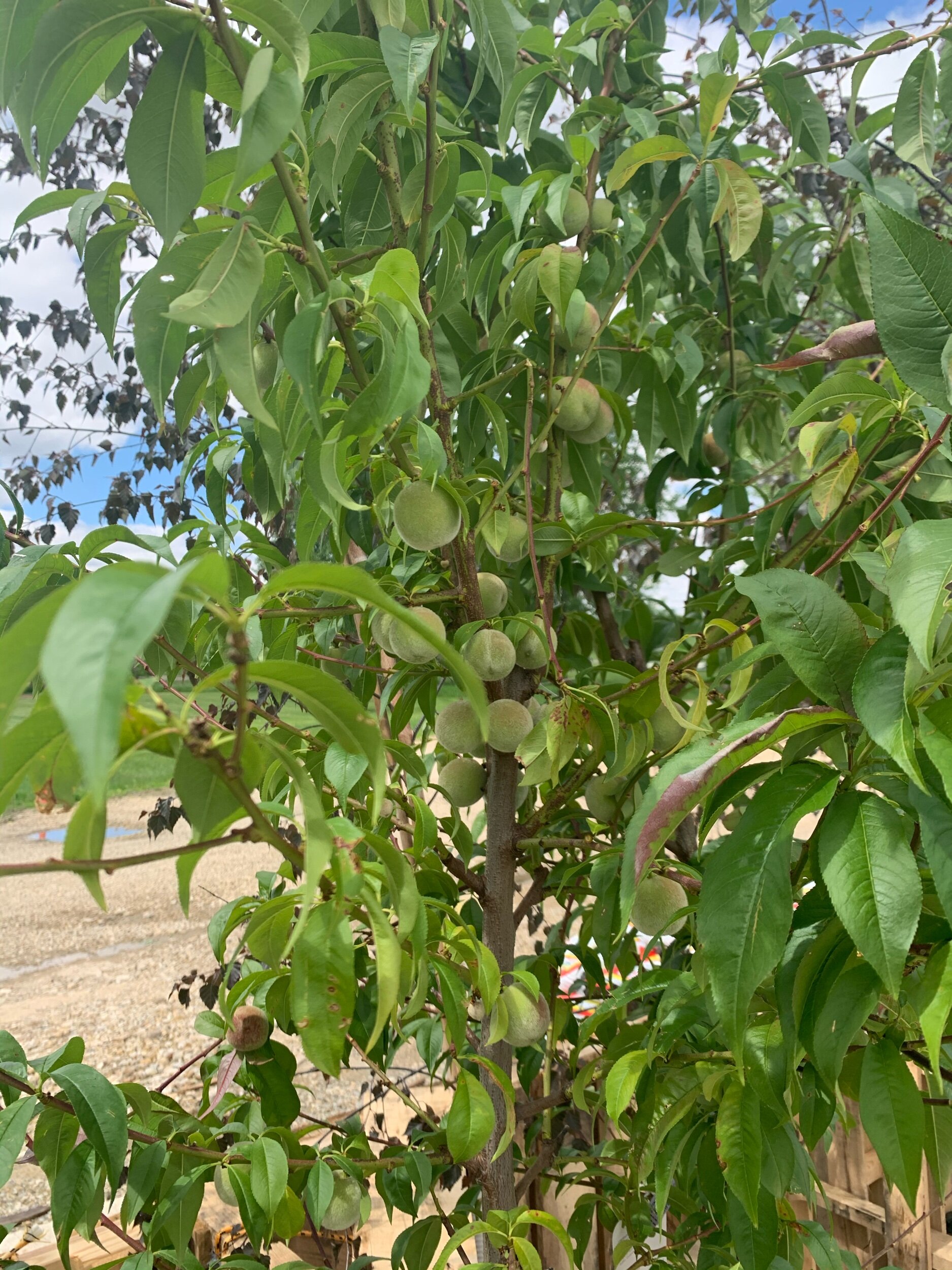Al Batt: Putting out a cry for Mighty Mouse
by Al Batt, austindailyherald.com
May 13, 2020 12:01 PM
Echoes from the Loafers’ Club Teleconference Meeting
Remember when we went trick-or-treating when we were pups?
Vaguely.
Your head was so lopsided, the holes in the mask you wore didn’t line up with your eyes. You walked into trees, cars and a large Holstein. Now you’re wearing a mask again. Cows need to be warned.
Driving by Bruce’s drive
I have a wonderful neighbor, named Bruce. Whenever I pass his drive, thoughts occur to me, such as: Not long ago, I’d received a vaccination against yellow fever in preparation for a work trip to Kenya that ended up being canceled. I thought of the yellow fever epidemic that hit Philadelphia in 1793 when George Washington (he had no wooden teeth) was president. Medical professionals had little concept of viruses and no vaccines in those days. Surgeons didn’t regularly wash their hands or instruments between surgeries. Francis Bacon said that knowledge is power and it was lacking. There was no Dr. Fauci. Much of the medical treatments consisted of mercury compounds, bloodletting and purging. People were deploringly unclean. Baths were a rarity for most and brushing teeth was unknown to many. In Philadelphia, one in 10 of its 50,000 population died of this disease. They practiced social distancing and there was a cessation of handshakes. Certain liberties were put in abeyance. Doors of residences with infected people were marked. Some cities had quarantines against refugees or goods from Philly. Toilet paper wasn’t hoarded during this plague because there wasn’t any, but perhaps corncobs were stashed. Despite the lack of social media, people recommended harebrained cures: Smoking, drinking copious amounts of wine, cleaning a house or body with vinegar, covering floors with a two-inch-deep layer of dirt replaced daily, chewing garlic, hanging a bag of camphor around the neck, or firing guns in the streets. Some hoped a hurricane would blow the fever away. The vector wasn’t identified as a mosquito until the late 19th century. I bow to science today and am glad that the physician of my youthful days, Dr. Olds, wasn’t much for bloodletting. I’ve read about dogs being trained to detect disease. Compared to us, dogs can smell in color. One day, physical exams may include being sniffed by a beagle.
Life has always been complicated, but the world has become one big, yellow light. We proceed with caution. One day chicken, the next day feathers. If we were a cartoon, discarded banana peels would cover the ground. We want explanations and villains where there might not be any.
We need Mighty Mouse. I remember his song, “Mr. Trouble never hangs around, when he hears this mighty sound, ‘Here I come to save the day!’ That means that Mighty Mouse is on the way!”
Nature notes
I watched a red-tailed hawk kiting into the wind. It was no check-kiting scheme. The wind allowed the raptor to hover while hunting. This hawk preys primarily on mammals.
The yard birds come and go. They aren’t to be confused with the Yardbirds, a rock band, whose hits included “For Your Love” and “Heart Full of Soul.” Bird migrations carry magic and wonder in their feathers. Spring migrations are more colorful as birds wear breeding plumages. Fall migration has more birds because the young birds are included.
The world is in technicolor and most birds are breath-stopping beauties, but the loveliness of some of the warblers makes for feathered jewels. I recall being a boy toiling the farm fields on a tractor without a cab one spring day. The weather had been good and bad. A little rain, some wind and then sun. I brought the tractor to a stop at the edge of a woods. I grabbed my poor man’s lunch pail (a bread wrapper) and climbed onto a low hanging branch of a lofty tree to enjoy a couple of bologna and Velveeta cheese sandwiches and a like number of sugar cookies. As I munched away, the world chirped. I looked up to see branches covered in American redstarts drooping wings and fanning tails to flush insect prey from vegetation. The males flashed orange and black, while the females, nicknamed yellowstarts, showed yellow and gray. The large number of dancing warblers made me say “Wow” more than once. Their presence made for wonderful dinner entertainment. I watched the warblers for exactly too long when I should have been working. When I resumed my labors, I wished the tractor had offered musical theater starring warblers.
Time is fleeting. It seems as if the juncos had just arrived and now, they’ve left. I’ll miss the lovely, little birds. Dark-eyed juncos nest in northeastern and north central Minnesota.
Meeting adjourned
“Kindness is always fashionable.” — Amelia Barr
© Al Batt 2020





































































